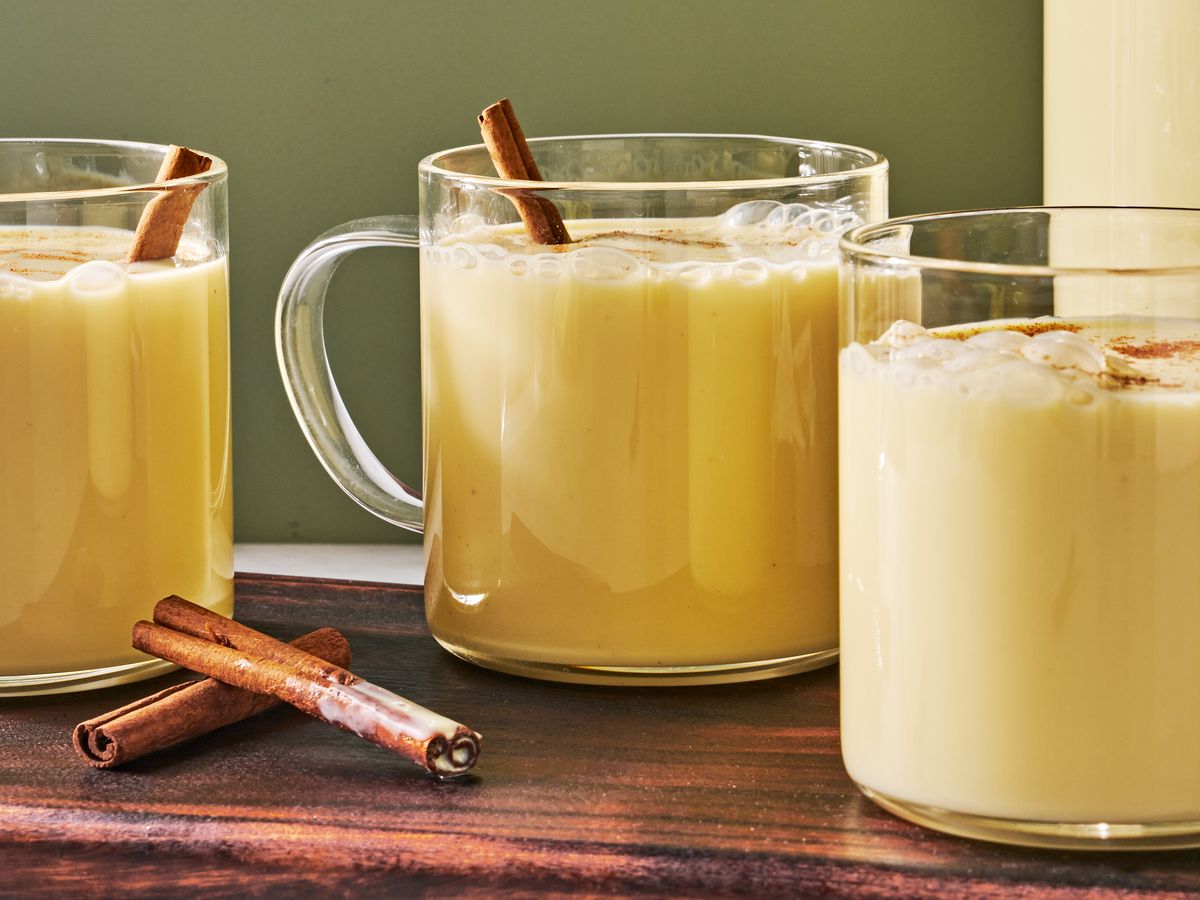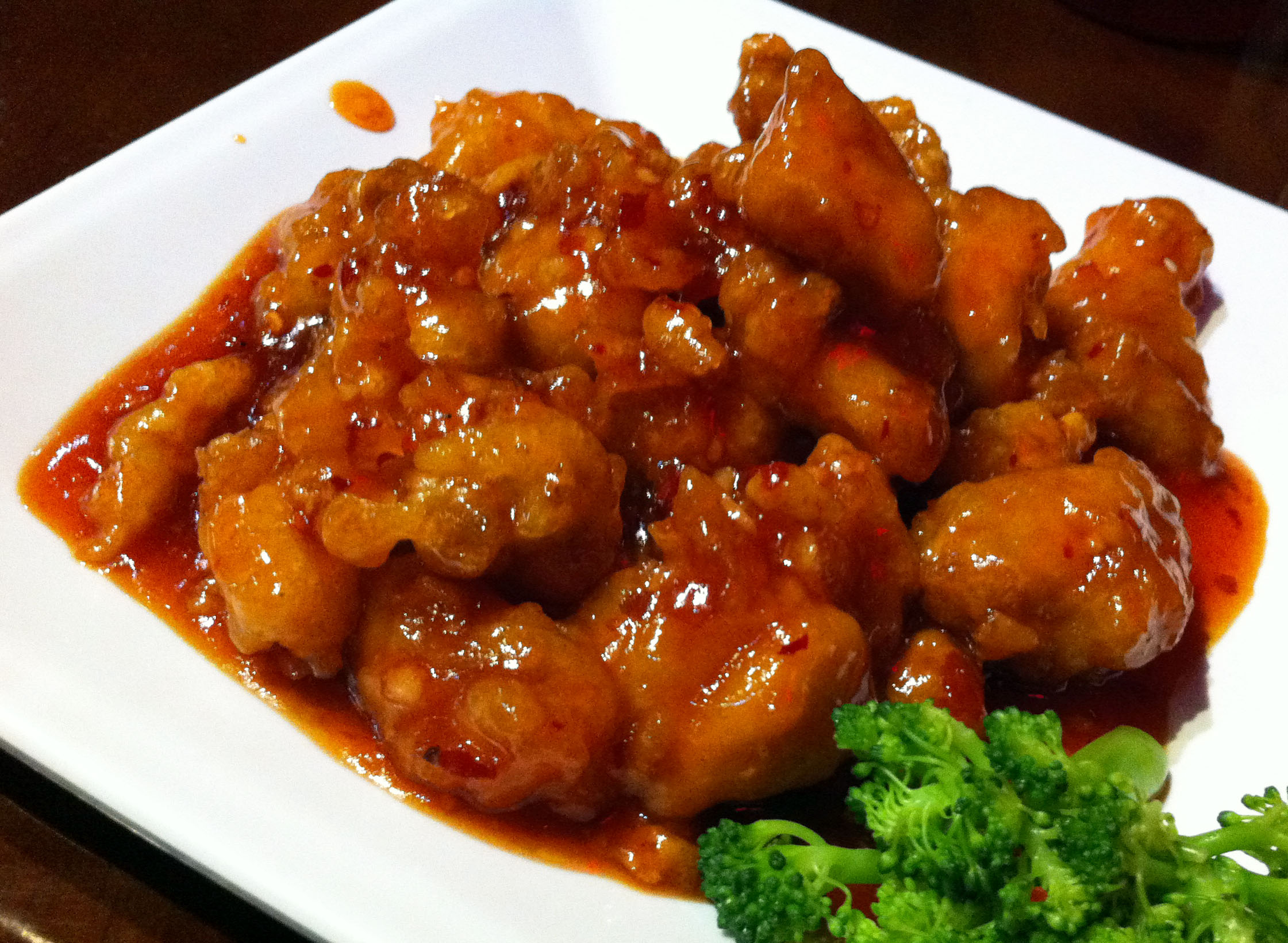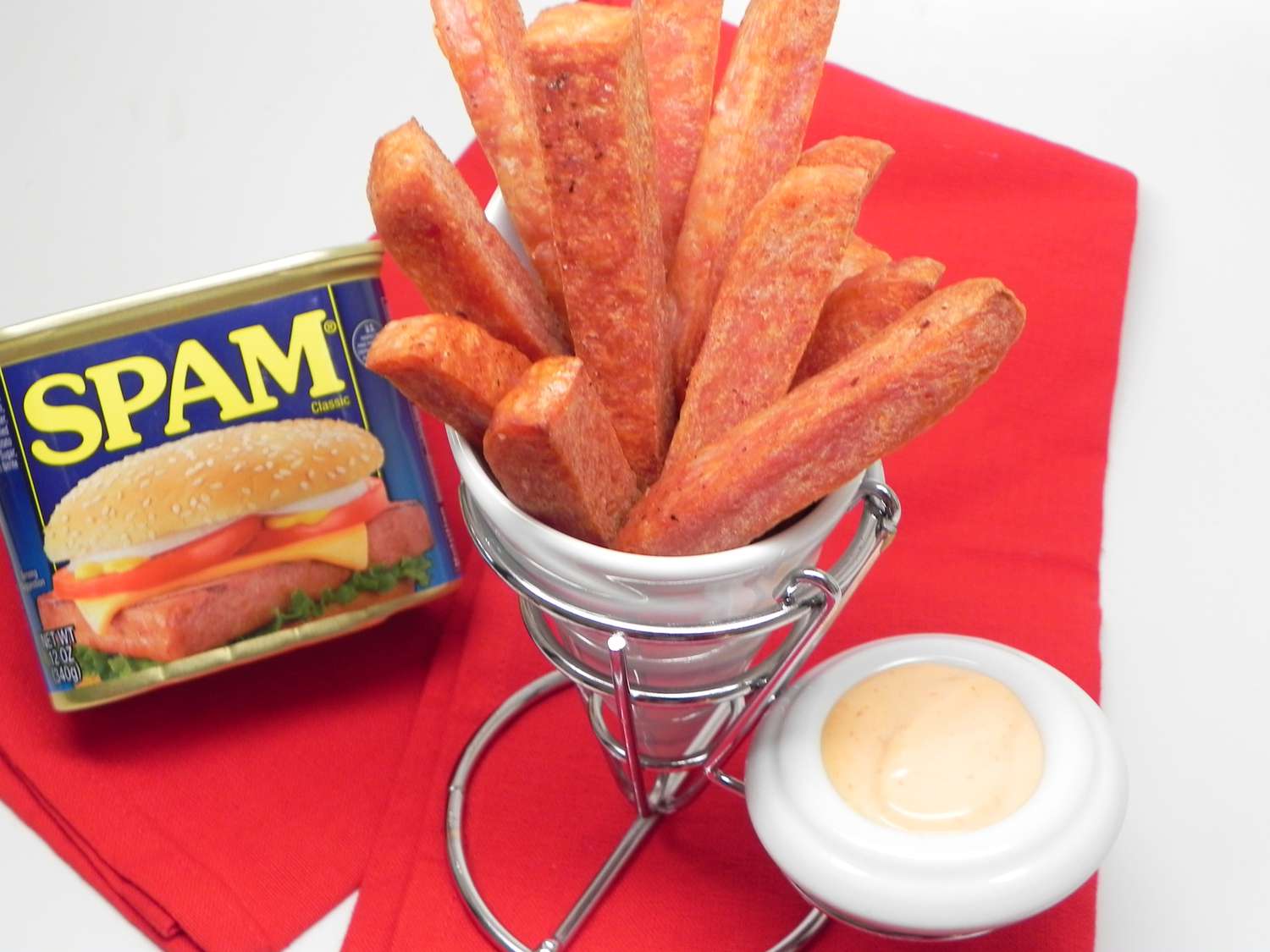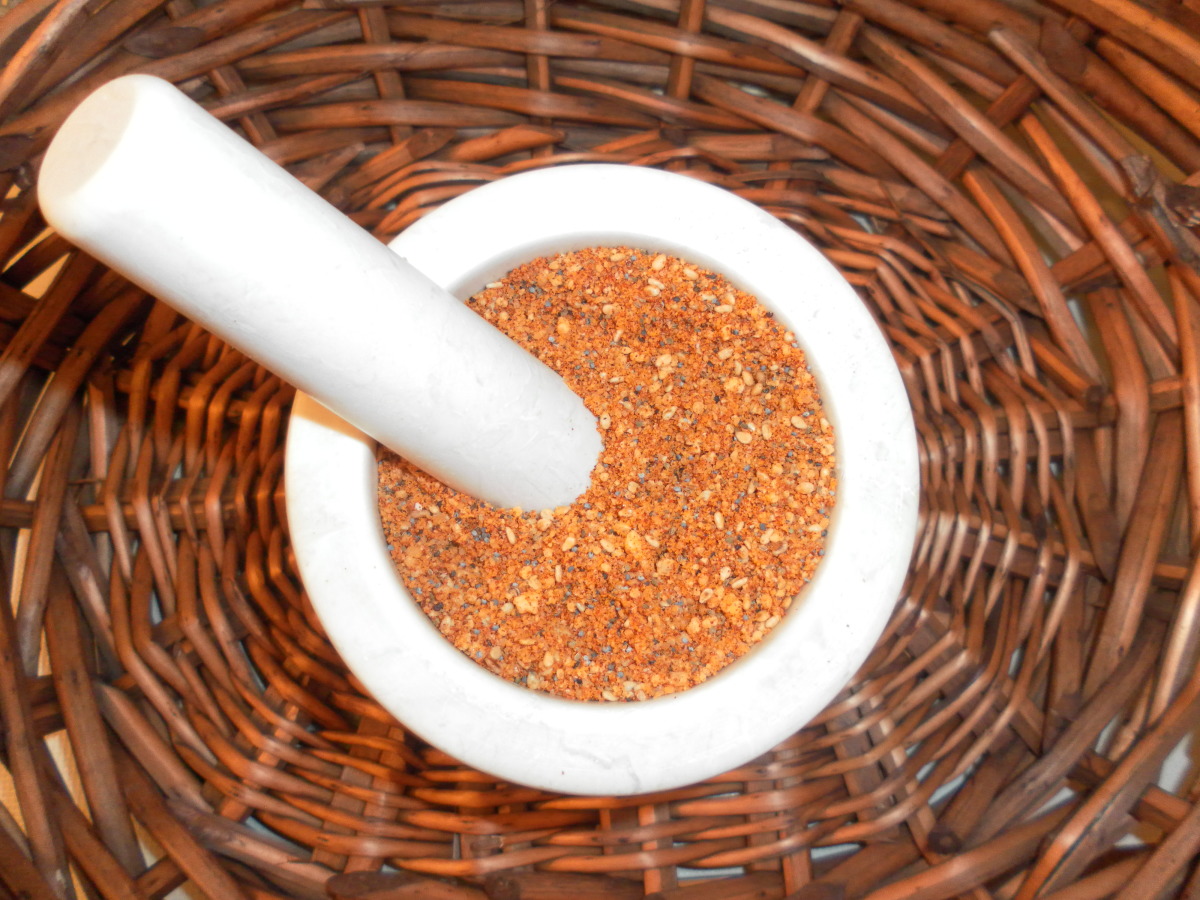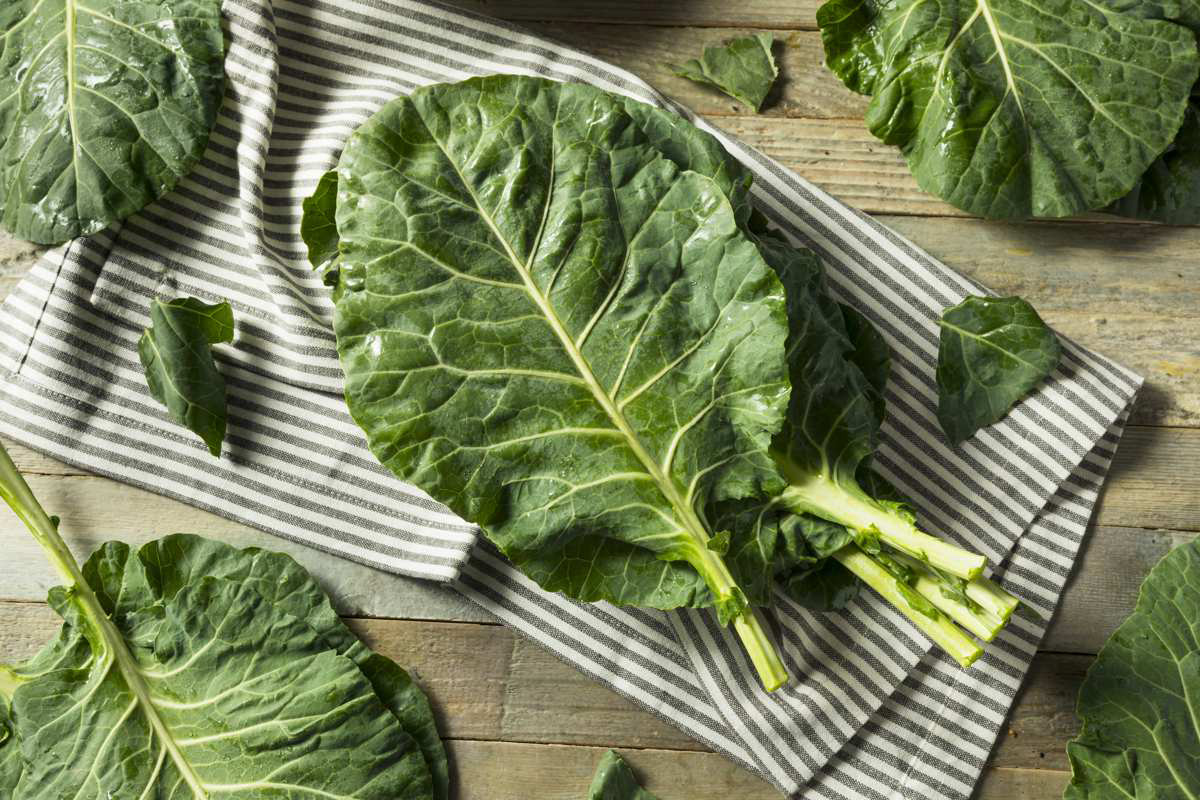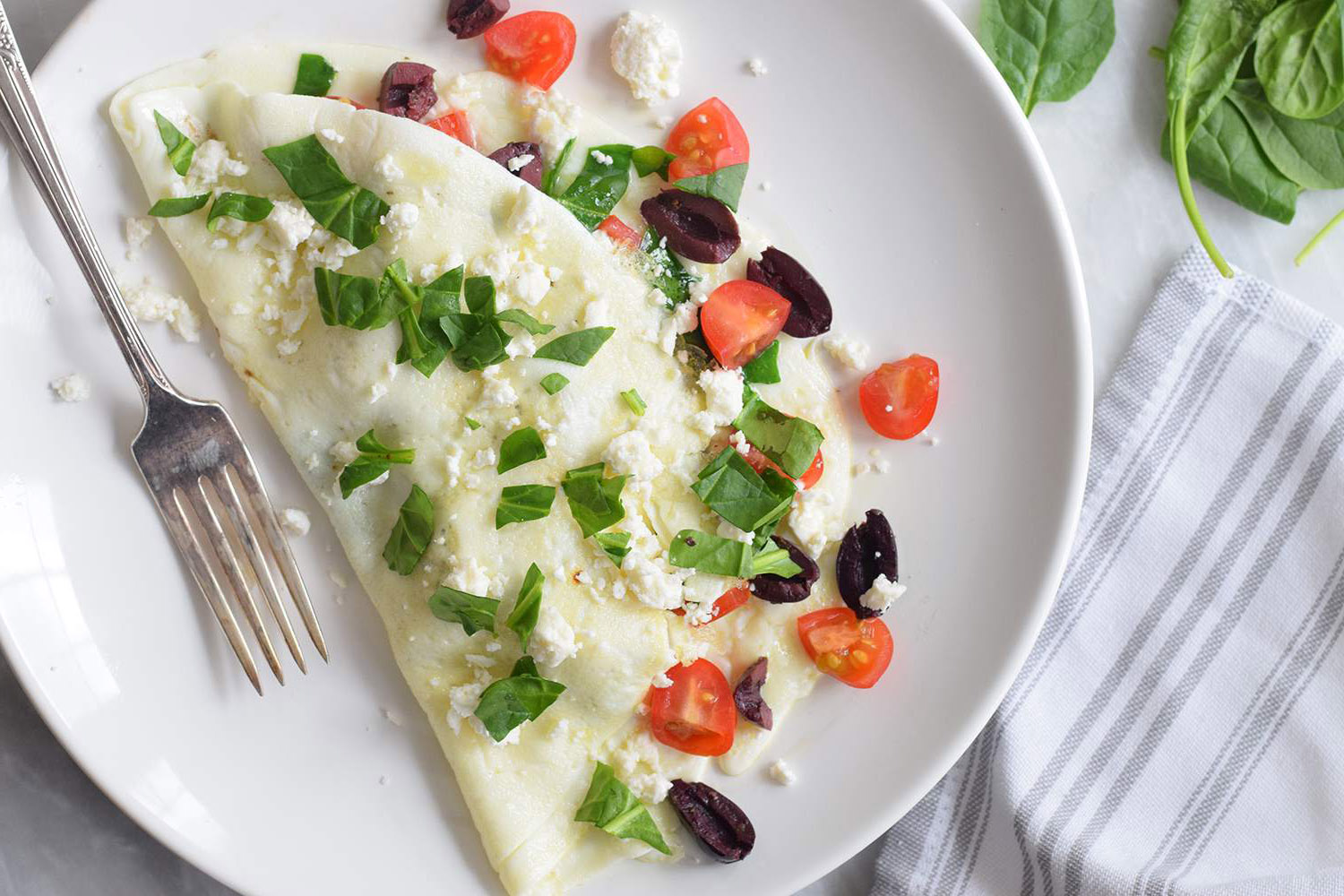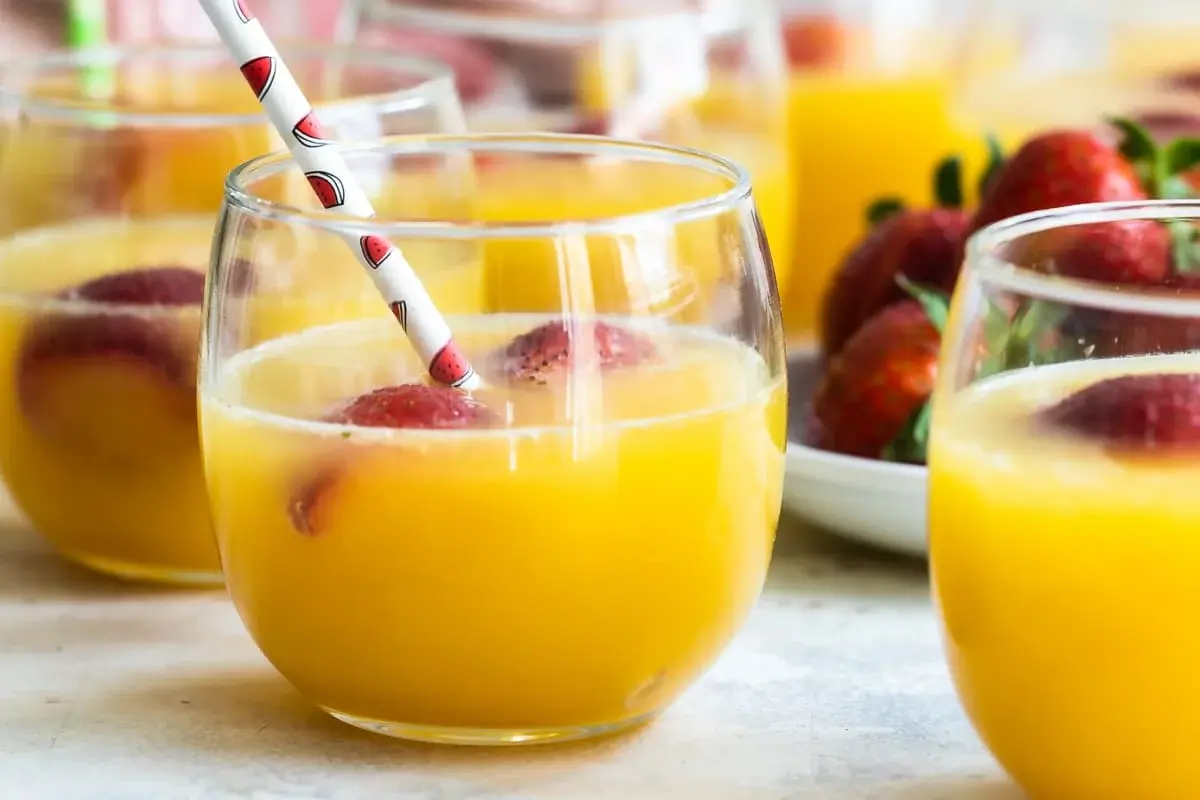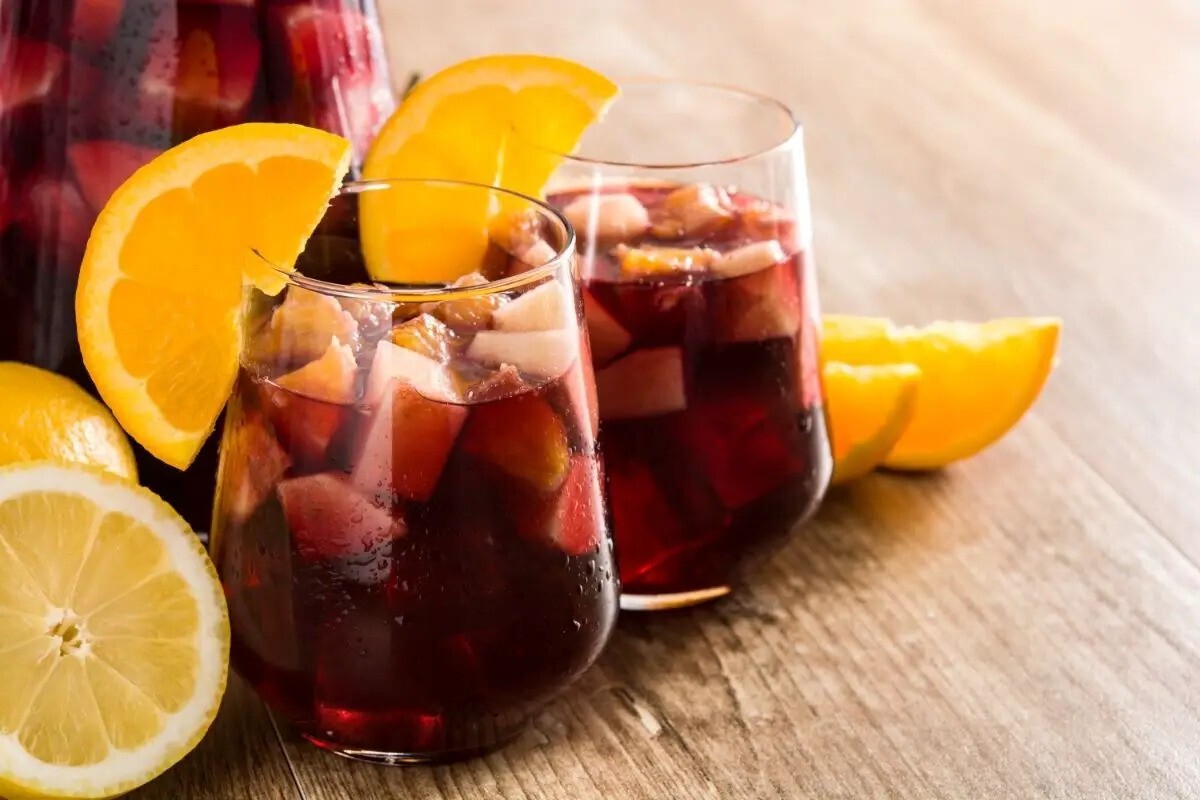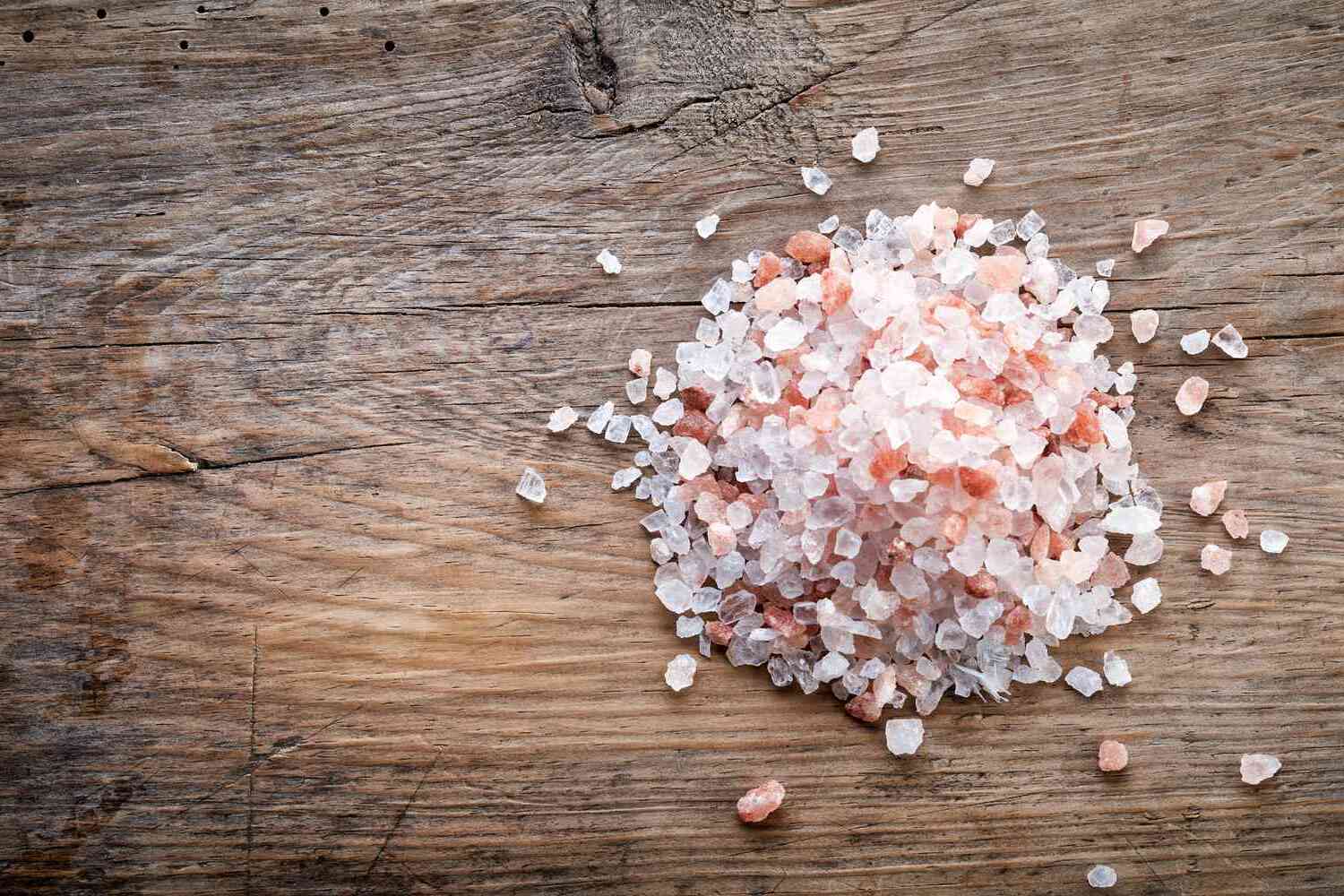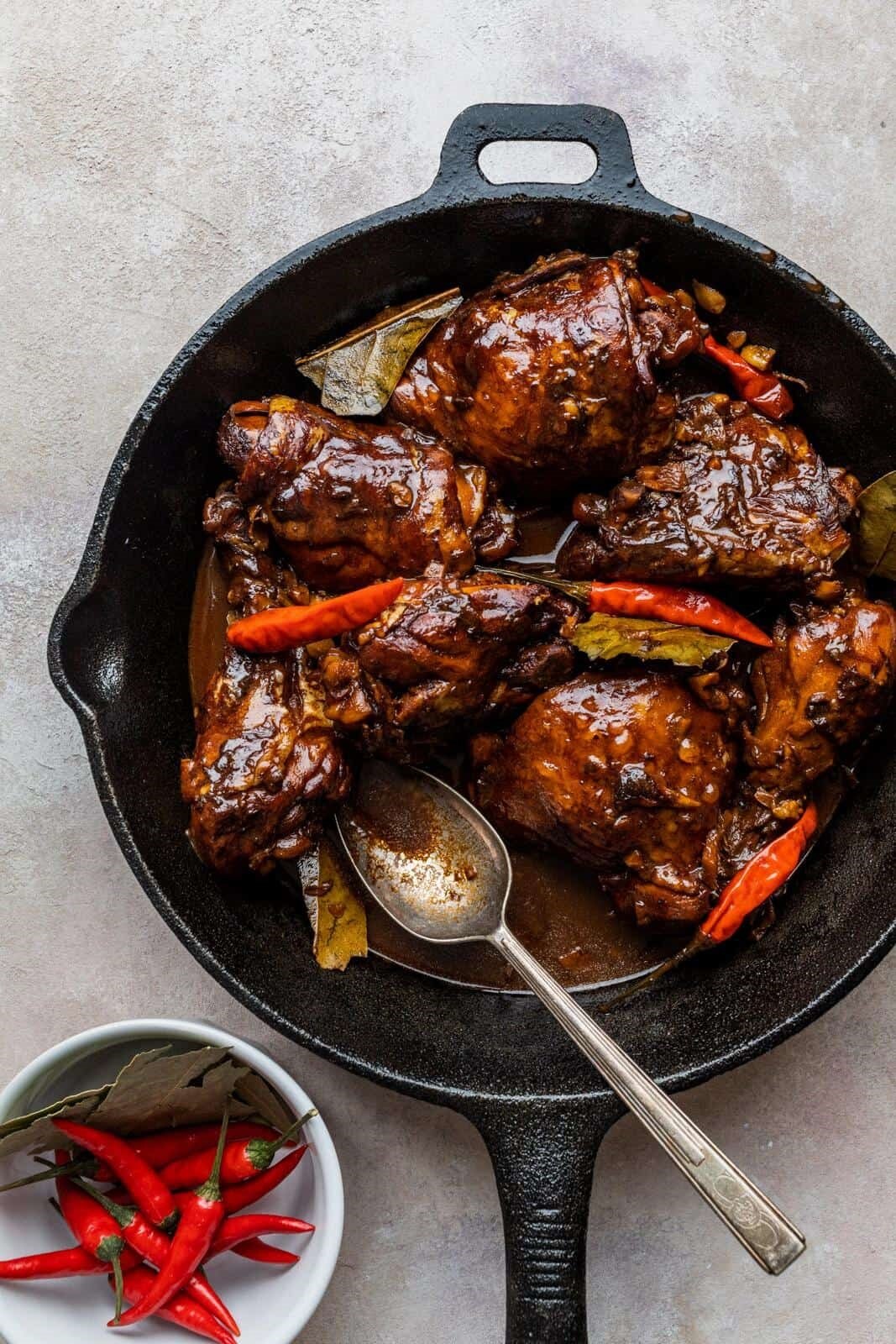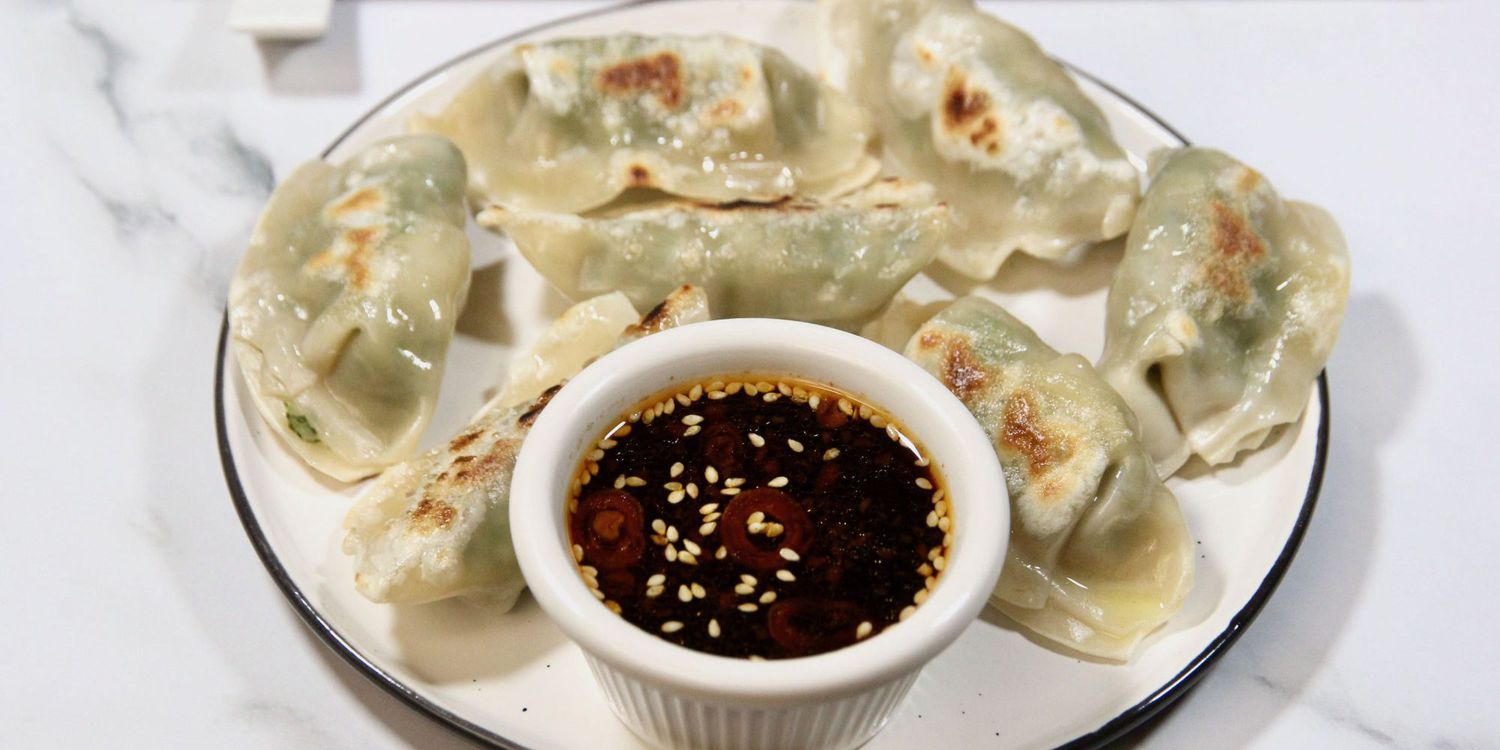Discovering the Sweetness of Gula Melaka
Have you ever heard of Gula Melaka? If not, you’re in for a treat! Gula Melaka, also known as palm sugar or coconut sugar, is a natural sweetener that originates from Southeast Asia. It is made from the sap of flower buds from the coconut palm tree and is widely used in various cuisines for its unique flavor and aroma.
The Making of Gula Melaka
Gula Melaka is traditionally produced by collecting the sap from the flower buds of coconut palm trees. The sap is then boiled until it thickens and is finally poured into bamboo molds to form cylindrical blocks. This traditional method of production gives Gula Melaka its distinctive caramel-like flavor and rich, complex sweetness.
Distinctive Flavor and Aroma
One of the key characteristics of Gula Melaka is its rich and complex flavor profile. It has a deep caramel flavor with hints of butterscotch and toffee, making it a popular choice for adding depth and sweetness to a wide range of dishes. Additionally, Gula Melaka is prized for its unique aroma, which can be described as fragrant and earthy, adding an extra dimension to any dish it is used in.
Uses in Culinary Delights
Gula Melaka is a versatile ingredient that is used in both sweet and savory dishes. In Southeast Asian cuisine, it is commonly used in desserts such as cakes, puddings, and ice creams to impart its distinctive sweetness. It is also used in savory dishes such as curries and marinades to add a touch of sweetness and depth of flavor.
Aside from its culinary uses, Gula Melaka is also a popular choice for sweetening beverages. It can be dissolved in hot water to make a fragrant and delicious syrup that is often used in teh tarik (pulled tea) and chendol (a traditional dessert).
Health Benefits
Unlike refined sugars, Gula Melaka retains some of its natural nutrients, including vitamins and minerals such as potassium, iron, and zinc. It also has a lower glycemic index compared to white sugar, which means it causes a slower and steadier rise in blood sugar levels. However, it is important to consume Gula Melaka in moderation as it is still a form of sugar.
Where to Find Gula Melaka
If you’re eager to explore the world of Gula Melaka, you can find it in specialty Asian grocery stores or online retailers. Look for it in the form of solid blocks, granules, or syrup, depending on your culinary needs.
So, the next time you’re looking to add a touch of sweetness to your dishes, consider reaching for Gula Melaka. Its unique flavor, aroma, and versatility make it a delightful addition to any culinary creation!
Was this page helpful?
Read Next: What Is Divinity Candy
